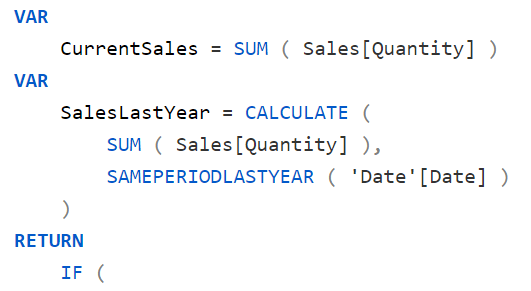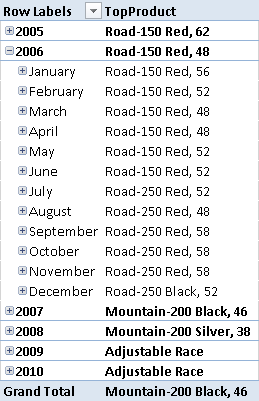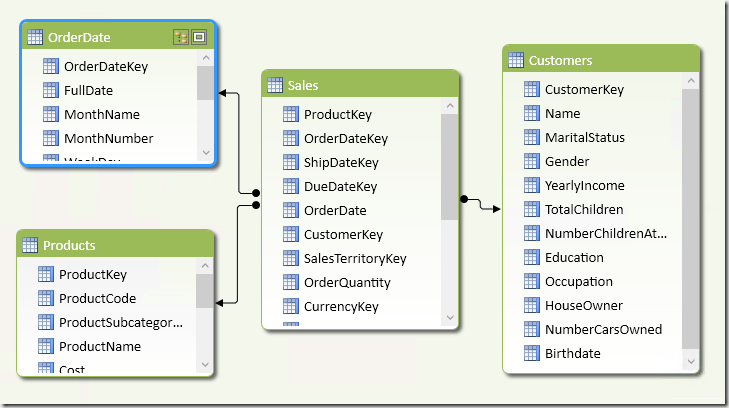Topic: DAX
-
DAX is a functional language that does not allow you to create functions. However, if you need to pass a parameter to an algorithm, you can use a measure passing a value through a filter argument in CALCULATE, as described… Read more
-
In this article, you learn a new feature in DAX 2015: variables. The 2015 version of the DAX language has many new functions, but none of them is a game changer for the language as variables are. Read more
-
You might have used FIRSTNONBLANK and LASTNONBLANK in semi-additive measures, but you might not be aware that their use is not limited to time intelligence functions. This article shows alternative scenarios where these functions are useful. Read more
-
The GROUP BY condition of a SQL statement is natively implemented by SUMMARIZE in DAX. This article shows how to use SUMMARIZE and an alternative syntax to group data. Read more
-
The WHERE condition of an SQL statement has two counterparts in DAX: FILTER and CALCULATETABLE. In this article we explore the differences between them, providing a few best practices in their use. Read more
-
The DIVIDE function in DAX is usually faster to avoid division-by-zero errors than the simple division operator. However, there are exceptions to this rule, described in this article through a simple performance analysis. Read more
-
In DAX there are different ways to test whether a table is empty. This test can be used in complex DAX expressions and this short article briefly discuss what are the suggested approaches from a performance perspective. Read more
-
A common best practice is to use CALCULATETABLE instead of FILTER for performance reasons. This article explores the reasons why and explains when FILTER might be better than CALCULATETABLE. Read more
-
With DAX you can calculate the sales of the first, second and third year of a new customer without any ETL. In this article you see how to implement this calculation with good performance. Read more
-
Grouping transactions by customers’ age requires a computation made row by row at transaction level. DAX offers an elegant solution using calculated columns, which is described in this article. Read more







